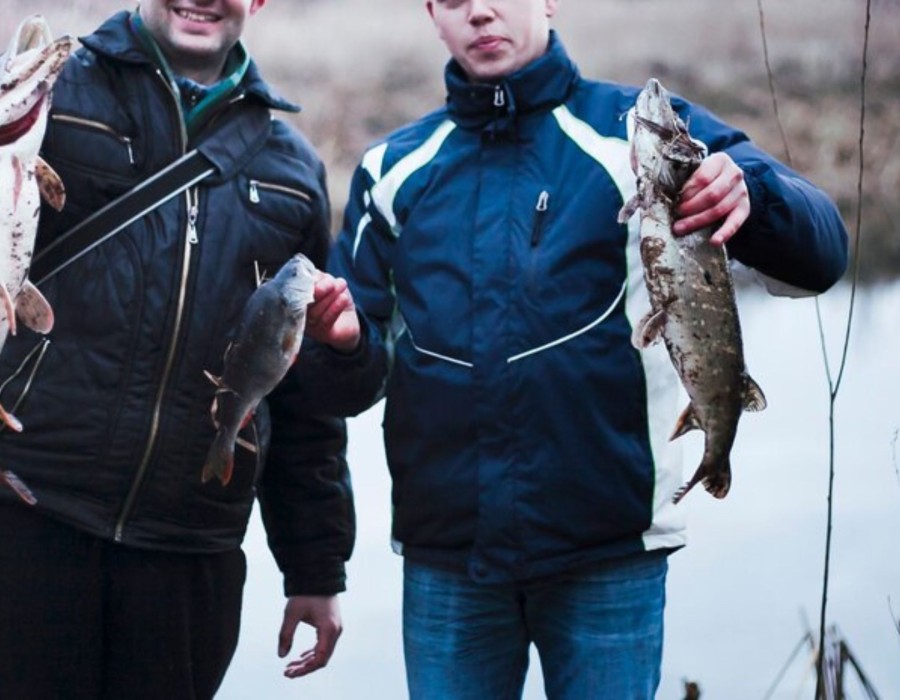In the intricate ecosystem of our waterways, fish face numerous challenges during their migrations. Natural obstacles such as dams, weirs, and fluctuating water temperatures disrupt their natural navigation instincts, leading to decreased survival rates and altered migration patterns. These challenges impact not only the fish themselves but also the broader ecosystem that relies on their movements.
Fish guidance tools offer a promising solution to these challenges. These tools encompass various technologies and strategies designed to assist fish in navigating past barriers and obstacles. Each tool aims to mitigate the impacts of human-made structures and environmental changes on fish populations, from fish ladders and bypass channels to fish-friendly turbine designs.
How Fish Guidance Tools Work
- Facilitating Safe Passage: Fish guidance tools create pathways that mimic natural conditions or guide fish around obstacles, helping them navigate safely during their migrations.
- Preserving Biodiversity: By enabling fish to reach spawning grounds and feeding areas, these tools support diverse fish populations crucial for ecosystem health.
- Restoring Natural Flows: Some tools contribute to restoring natural river flows and temperature regimes, which are essential for the survival and migration of fish species.
Benefits for Fishing Sustainability
Fish handling & aquaculture hinges on maintaining the delicate balance between human activities and the natural environment. Achieving this balance requires careful consideration of how fishing practices impact marine and freshwater ecosystems. The integration of fish guidance tools can significantly enhance fishing sustainability by:
Enhanced Fish Protection
Fish guidance tools, such as screens, barriers, and bypass systems, help protect fish from harmful human-made structures like turbines and water intake systems. These tools reduce injury and mortality rates by preventing fish from entering these hazardous areas, contributing to healthier fish populations.
Improved Migration Routes
Many fish species rely on specific migration routes for spawning and feeding. Fish guidance tools ensure these routes remain accessible, even in heavily modified waterways. By guiding fish safely around obstacles, these tools support the natural life cycles of migratory species, which is essential for maintaining biodiversity.
Increased Ecosystem Health
Healthy fish populations are indicative of robust aquatic ecosystems. By safeguarding fish, fish guidance tools contribute to the overall health of rivers, lakes, and other water bodies. This, in turn, supports other wildlife and maintains the balance of the ecosystem, ensuring that aquatic environments remain vibrant and productive.
Economic Benefits
Healthy fish populations are vital for commercial and recreational fishing industries. Fish guidance tools help sustain these populations, providing long-term economic benefits to communities that rely on fishing. Additionally, by minimizing fish kills, these tools reduce the economic losses associated with the disruption of fisheries and the cost of fishery restocking programs.
Long-Term Sustainability
Ultimately, fish guidance tools contribute to the long-term sustainability of aquatic ecosystems. By protecting fish populations and ensuring the health of waterways, these tools support the resilience of natural habitats against environmental pressures. Sustainable management practices ensure that future generations can enjoy the ecological, economic, and recreational benefits provided by healthy aquatic environments.
Final Words
Fish guidance tools represent a critical tool in the conservation toolkit, offering practical solutions to enhance fishing sustainability. By addressing barriers and facilitating safer migrations, these tools play a vital role in preserving fish populations and the health of our aquatic environments.





Comments